Navigating Pet-Friendly Home Inspections: Essential Considerations

When buying or selling a home, undergoing inspections becomes a pivotal step in evaluating the property’s condition and identifying potential issues. For many families, especially those with cherished pets, it’s crucial to factor in how a home inspection might impact their furry companions. In this blog post, we’ll delve into the intricacies of pet-friendly home inspections, highlighting key considerations for pet owners during this pivotal process.
Inform the Inspector About Your Pets
Start by informing the inspector about the presence of pets in your home before the inspection day. This proactive approach allows the inspector to plan accordingly and take necessary precautions. Providing details about any specific needs or fears your pets may have helps create a seamless inspection process.
Secure or Remove Pets During the Inspection
To ensure a focused inspection and the safety of your pets, consider securing or relocating them temporarily during the inspection. Utilize designated areas, pet gates, or entrust them to a friend or family member for the duration of the inspection.
Check for Potential Hazards
Conduct a thorough walkthrough with your pets in mind, identifying and addressing potential hazards such as loose wiring, chemicals, or small items that could pose a risk. This proactive approach helps prevent accidents and maintains a safe environment for both pets and the inspector.
Outdoor Considerations
If the inspection encompasses outdoor spaces like a yard or garden, assess the potential impact on your pets. Address concerns such as toxic plants, loose fence posts, or gaps that could pose an escape risk. Tackling these issues in advance ensures a secure environment for both your pets and the inspector.
Noise Sensitivity
Recognize that some pets may be sensitive to loud noises or unfamiliar people in their surroundings. To alleviate anxiety, provide a quiet and comfortable space during the inspection—equipped with favorite toys, a cozy bed, and some background noise to minimize any disruptive sounds.
Ventilation and Air Quality
Be mindful of ventilation and air quality within your home, especially during the inspection when substances like dust or paint fumes may be stirred up. Ensure adequate ventilation and, if needed, relocate your pets to a well-ventilated area for their safety.
Conclusion:
Successfully navigating a pet-friendly home inspection involves proactive preparation, open communication, and genuine consideration for both your pets and the home inspector. By addressing potential concerns in advance and collaborating effectively, you can ensure a smooth and stress-free home inspection process for everyone involved. Ultimately, a pet-friendly approach goes beyond finding a suitable home; it’s about creating a secure and comfortable environment for your beloved furry companions.
